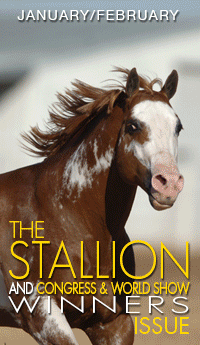EquiManagement Launches the Business of Practice Podcast
January 16, 2021 Comments Off on EquiManagement Launches the Business of Practice Podcast
A recent survey of equine veterinarians showed that business topics ranked just behind imaging/ultrasound (and was tied with lameness) as the most desired educational subjects. To help meet this need, EquiManagement is proud to launch The Business of Practice podcast that will focus on the fiscal, financial and human sides of equine veterinary practice topics.
Continue reading …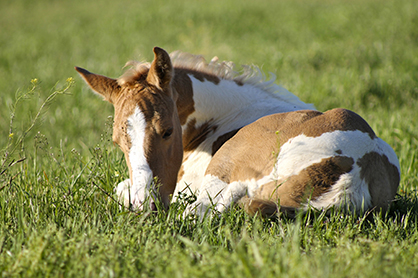
Horses in stables have been shown to have a regular total sleep time of three and a half hours per night. The duration of the different sleep stages is relatively constant. REM sleep totals about 30 minutes a night (15% of the total sleep time) and slow-wave sleep takes up the most time at 65%. The rest of the total sleep time is spent in light sleep.
Continue reading …Safe Supplements For EMS/IR and Cushing’s Horses
December 30, 2020 Comments Off on Safe Supplements For EMS/IR and Cushing’s Horses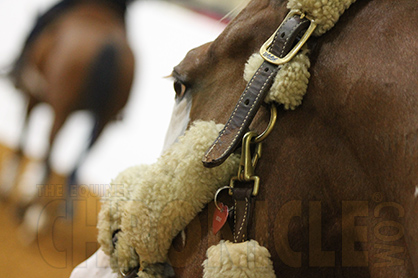
The cornerstone of managing horses and ponies with metabolic issues resulting in high insulin, is tight control of their diet — specifically, avoiding anything that would promote higher insulin.
Continue reading …The Silver Lining of COVID-19 for Horse Communities
December 29, 2020 Comments Off on The Silver Lining of COVID-19 for Horse Communities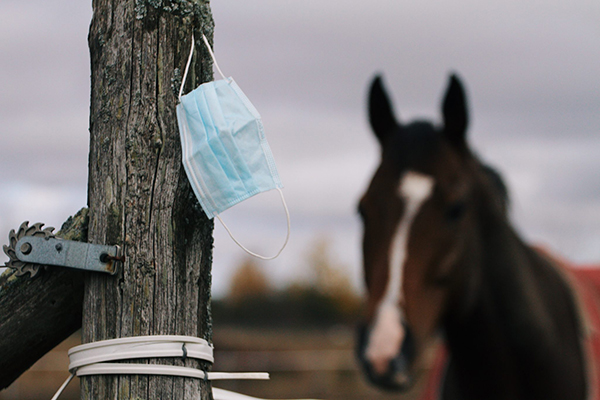
Over the course of the last nine months, COVID-19 has proved to be challenging for everyone. People in the equine industry have faced significant hardship, isolation and financial impacts. These unforeseen circumstances provided an opportunity for horse enthusiasts to come together and discuss how to best support each other during these unprecedented times.
Continue reading …If the Boot Fits- Can Leg Wraps or Boots Prevent Tendon Injury?
December 29, 2020 Comments Off on If the Boot Fits- Can Leg Wraps or Boots Prevent Tendon Injury?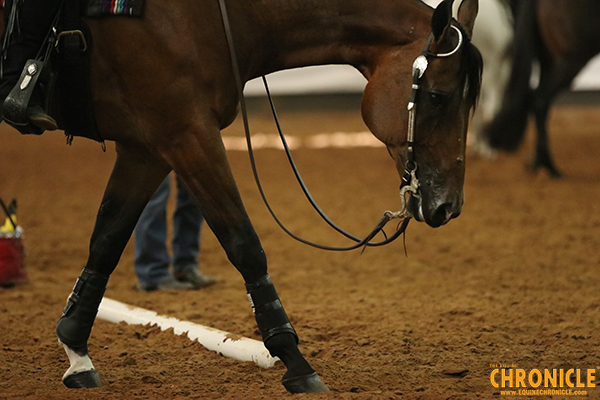
In general, there are three main reasons people might choose to wrap the legs of their horses: external protection, simply for looks, or prevention of tendon injuries. While certainly able to protect from cuts and scrapes or add some flashiness to your look in the Dressage ring, boots and wraps do not provide sufficient support against the forces experienced by an equine limb during exercise.
Continue reading …The Hay Biome- New Study Expands Benefits of Steaming Over Soaking
December 28, 2020 Comments Off on The Hay Biome- New Study Expands Benefits of Steaming Over Soaking
Steaming proved most effective in reducing the overall bacteria populations in hay and it maintained the diversity of bacteria naturally found in dry hay. Steaming also reduced the bacteria associated with infectious respiratory disease and dental problems. “The dental issue is quite novel,” says Dr. Daniels of a possible topic for further study. Additionally, steaming was found to preserve bacteria associated with the process of digesting forage. Steaming “denatured” the proteins of several types of bacteria, rendering them harmless in the horse’s digestive system.
Continue reading …A Christmas Tail in the Nick of Time!
December 24, 2020 Comments Off on A Christmas Tail in the Nick of Time!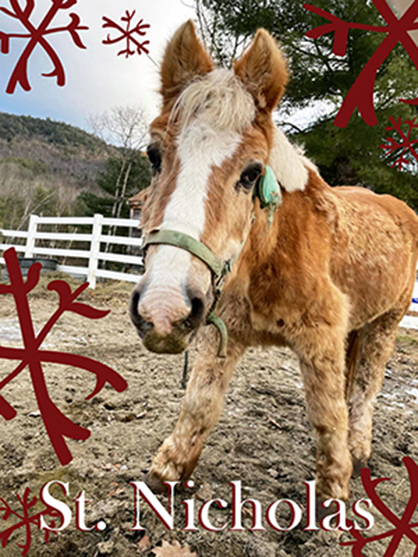
Since his debut as an EQUUS Foundation Equine Ambassador in 2018, Lafitte and Steege’s winnings helped to fund the EQUUS Foundation’s mission to protect America’s horses and strengthen the bond between horses and people.
Continue reading …
A combination of treatments brought Louis’ cough under control. A bronchodilator and steroid were administered with a metered dose inhaler (aka “a puffer”) via an Aerohippus equine aerosol chamber. Using a steroid and bronchodilator together is important, the veterinarian emphasizes. The good effect of the bronchodilator is opening up the airways, which comes with the bad effect of letting in more particles. The body reacts to these bits of foreign matter in the form of inflammation. That’s why concurrent steroids are needed to control inflammation.
Continue reading …Free Equine Behavior and Safety Online Course Offered to Kids Around the World
December 14, 2020 Comments Off on Free Equine Behavior and Safety Online Course Offered to Kids Around the World
Equine Guelph, the horse center at the University of Guelph in Canada, has announced it is setting up a free virtual classroom for English-speaking youth around the world. Horse-crazy teenagers (ages 13-17) will have the opportunity to take an online Equine Behavior and Safety course with access open until February 6, 2021 on www.TheHorsePortal.com.
Continue reading …Horse Owners Should Keep Enough Hay For Winter
December 14, 2020 Comments Off on Horse Owners Should Keep Enough Hay For Winter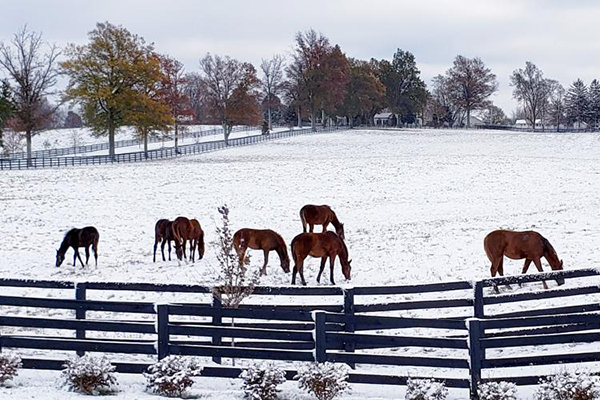
“The body weight is so important when you are determining how much to feed horses each day,” he said. “A 1,000-pound horse needs to eat 2% of its body weight each day, so about 20 pounds of feed. It doesn’t seem like a lot of hay, but if you underestimate your horse’s weight and buy 100 days’ worth of hay for a 1,000-pound animal that actually weighs 1,200 pounds, you’ll be short by more than eight bales per horse.”
Continue reading …






